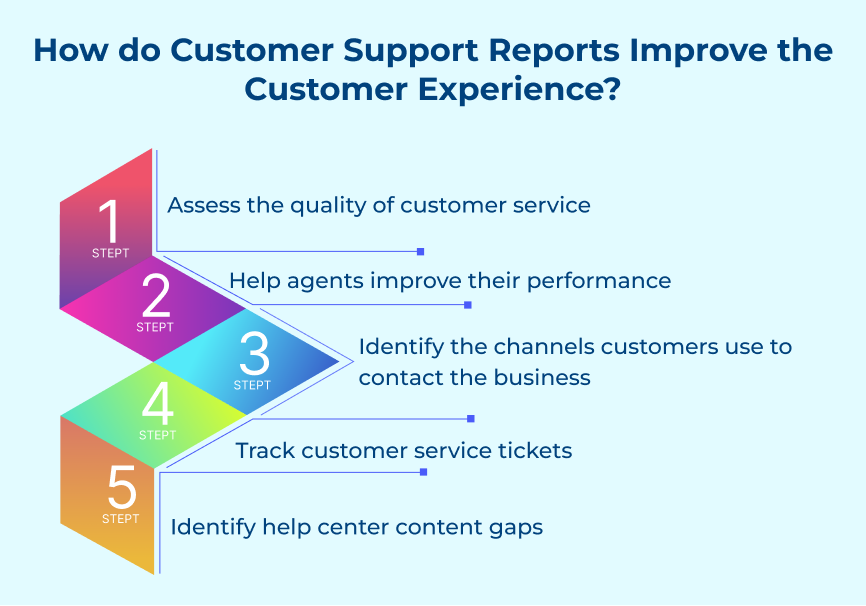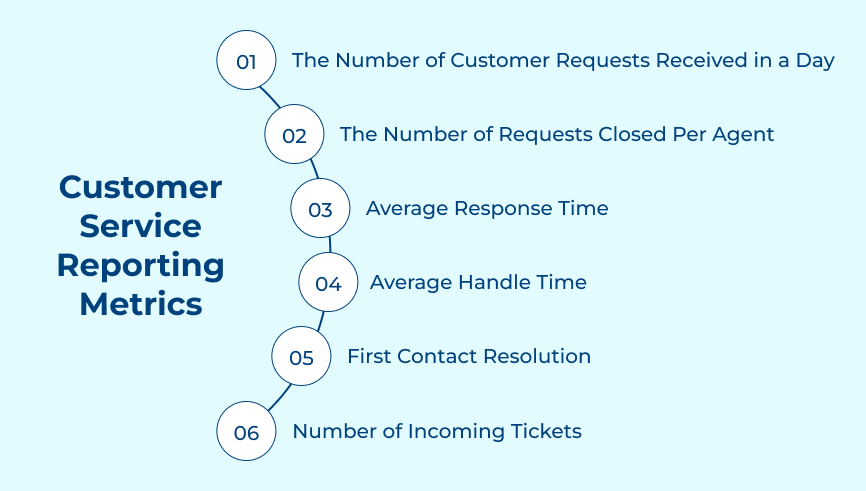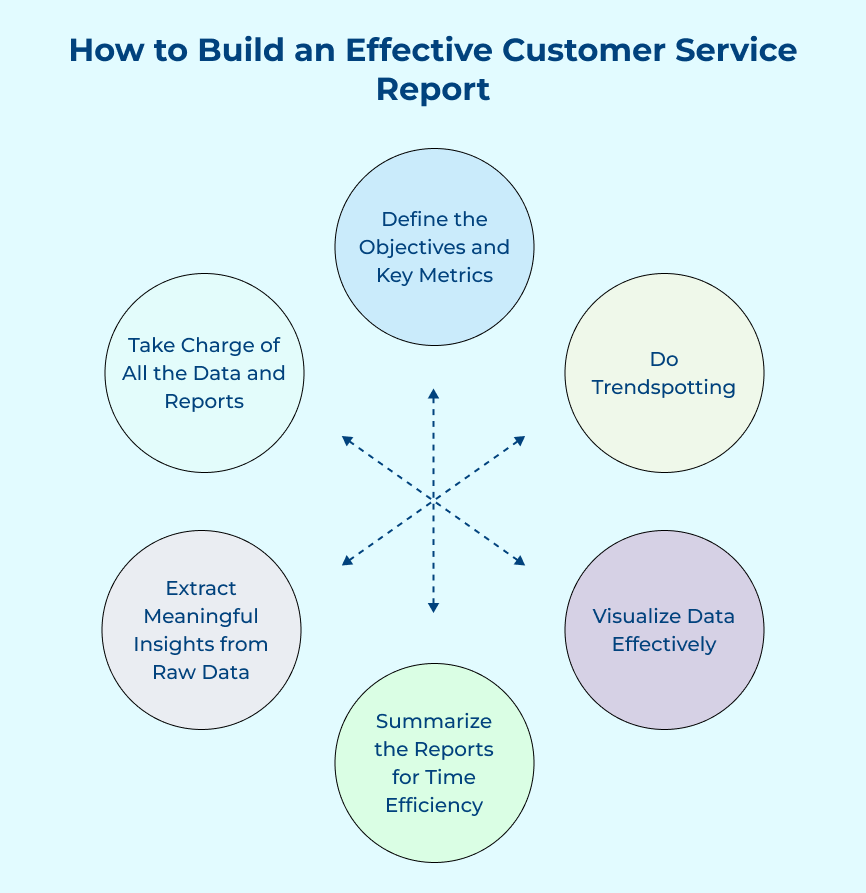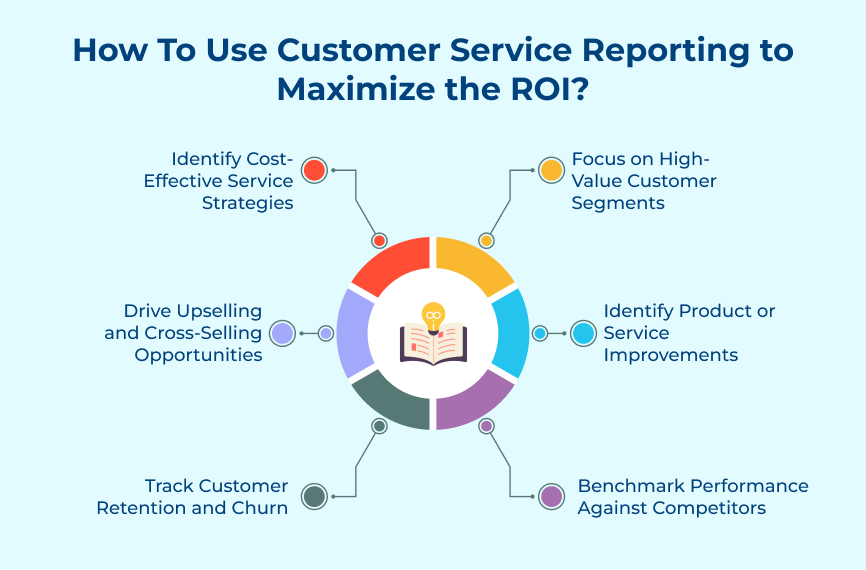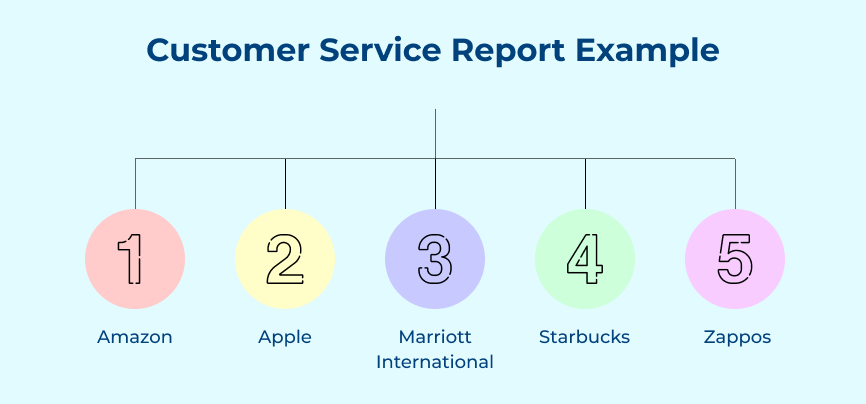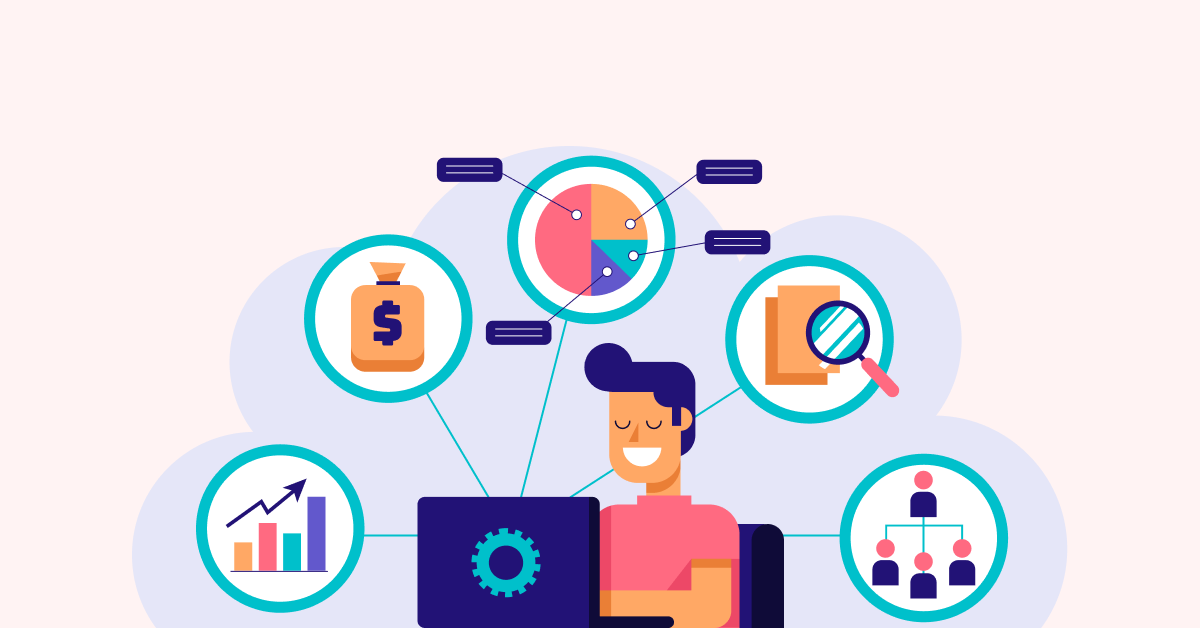1. The Number of Customer Requests Received in a Day
Customer service reports provide data on customer interactions, including daily request volumes. Tracking the metrics helps businesses gauge customer inquiries and customer service team workload.
Tracking the number of customer requests received in a day is important for several reasons. Managers assess service efficiency and allocate resources effectively. It also allows businesses to identify trends and patterns in customer inquiries.
Pro tips:
- Set benchmarks to monitor performance and identify areas for improvement.
- Use the data to optimize staffing levels and adjust workflow processes to better handle customer inquiries.
2. The Number of Requests Closed Per Agent
Customer service reports are vital tools for managers to track and analyze the performance of their team. One important metric to keep an eye on is the number of requests closed per agent. The report provides insight into each agent’s productivity in handling customer inquiries.
Tracking closed requests per agent shows top performers and highlights those needing support. It enables workload adjustments for fair request distribution among agents.
Pro tips:
- Establish realistic performance targets for each agent based on historical data and industry benchmarks. Regularly review progress towards the goals and provide feedback as needed.
- Acknowledge and reward agents who consistently excel in closing requests. It can enhance performance and promote a positive work environment.
3. Average Response Time
Average response time is a critical metric that every customer service manager should track. Nearly 70% expect a response within 24 hours or less. The report summarizes response times for customer service representatives. Monitoring response time helps to evaluate the customer service team’s efficiency.
A low response time boosts customer satisfaction and loyalty by ensuring prompt service. A high response time may signal customer service inefficiencies that require attention.
Pro tips:
- Set clear goals and benchmarks for response times to ensure that the team is meeting performance expectations.
- Use customer service software to streamline processes, reduce response times and improve overall efficiency
4. Average Handle Time
Average Handle Time (AHT) is a key metric in customer service reports that every manager should track. It tracks the average time for a customer service agent to resolve a customer inquiry. AHT can provide valuable insights into the efficiency and effectiveness of customer service operations.
Managers use AHT to monitor and improve customer service levels. Managers can identify training needs and ensure that customers are receiving timely support by tracking AHT. Let’s assume that the AHT is high. It may indicate that agents need additional training to be streamlined to reduce wait times.
Pro tips:
Regularly analyzing AHT data to identify trends and areas for improvement.
Providing feedback and coaching to agents to help them improve their handling times.
5. First Contact Resolution
First Contact Resolution (FCR) is a key metric in customer service that measures the rate of resolving issues on initial contact. The report is crucial for managers, as it links to customer satisfaction and business success.
Managers should monitor FCR to improve service efficiency, processes and customer satisfaction. Let’s consider a situation where the FCR is found to be low. The low rating can indicate a need for additional training, better resources or improved communication procedures.
Pro tips:
- Implementing advanced analytics tools to accurately measure FCR and identify areas for improvement.
- Encouraging a culture of continuous improvement within the team, where feedback is welcomed and strategies are constantly adjusted to maximize FCR.
6. Number of Incoming Tickets
Monitoring incoming customer service tickets is vital for ensuring customer satisfaction and efficiency. The report outlines daily, weekly and monthly customer inquiries. The customer service report helps managers understand workload and make customer-focused decisions. Let’s assume that businesses can promptly adjust staff or provide extra training to prevent ticket escalation.
Pro tips:
- Utilize customer service software to automatically track and analyze incoming tickets in real-time.
- Regularly analyze the data from the report to identify patterns, trends and areas for improvement in customer service operations.
How to Build an Effective Customer Service Report: 6 Essential Tips
Learn how to build an effective customer service report designed to help you track performance, identify trends and improve overall customer satisfaction.






